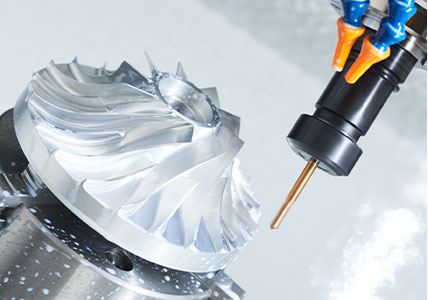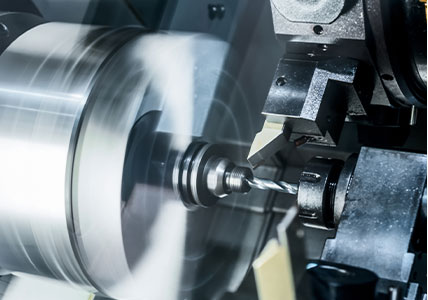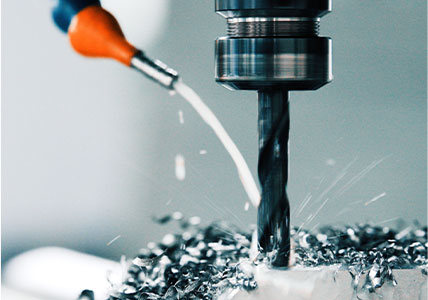Although you may think that numerical control turning is a relatively new invention, it actually originates from one of the oldest and simplest forms of part manufacturing, the use of lathes. Depending on the weight and tolerance of the workpiece, the machine can be horizontal or vertical, and the material used is usually round, but can also be square or hexagonal.
The main function of a numerical control turning center is to rotate ("turn") the workpiece while the machine's tool moves in to remove excess material to create the desired shape. Firstly, the material is fixed by an instrument called a chuck, and then it rotates at different speeds according to the specifications of the machine. The earliest lathes were operated manually using a series of wheels. These wheels would then move the chuck while clamping the workpiece to generate the back-and-forth motion required for cutting. Fast forward to today, modern numerical control lathes are digitally controlled and do not require continuous manual supervision. Numerical control turning is more commonly used for manufacturing cylindrical parts, such as custom hollow tubes and shafts. Although these CNC turning fixture parts can be manufactured using 5-axis machining, turning methods are more cost-effective and efficient.
The advantages of numerical control turning and grinding can help busy manufacturing workshops achieve their basic goals. However, not all facilities can handle precise AI CNC machining orders or large-scale production. So how can customers benefit from high-quality metal manufacturing? Why are turning and grinding so important? OEM CNC turning machining and grinding services are different. However, many machine shops offer both to help simplify production and reduce operating costs. One-stop manufacturing facilities also provide intuitive expertise to minimize waste, shorten delivery time, and discover design errors. So, what is the difference between grinding and turning?
Turning involves using blades or cutting tools to remove large amounts of material from the workpiece. The operator attaches the material to the lathe to achieve various tolerances according to the design. The team then transports the part to the next station for further processing. Because numerical control turning usually does not present surfaces that are perfectly flawless.
Numerical control grinding is the way an operator smooths the material after turning. Experts use abrasives to essentially polish the surface. They can achieve stricter tolerances in this way because turning creates the overall shape and grinding perfects it. Therefore, grinding is a standard service in most machining workshops.



